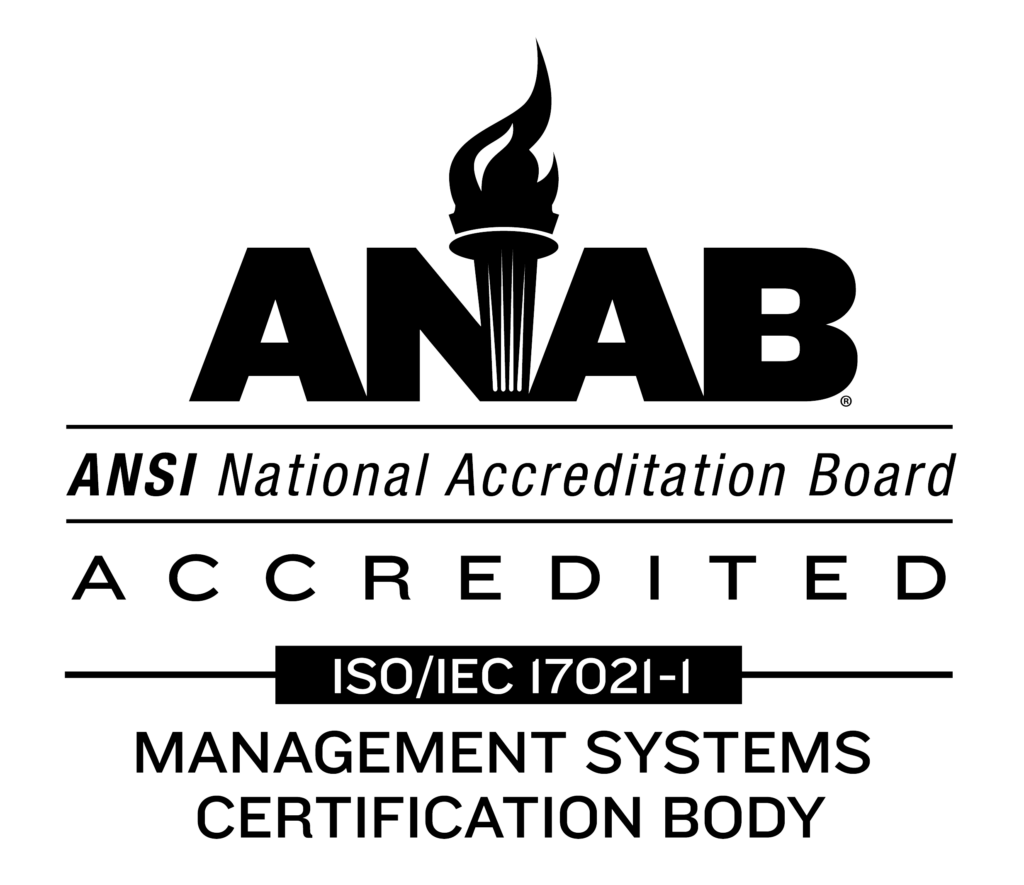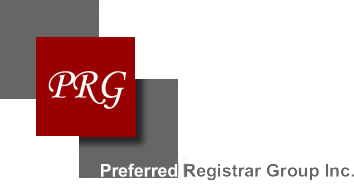FreeWave Blog Series: The Intelligent Edge
Part 1: Novice App Dev – A Q&A with Greg Corey from FreeWave The Internet of Things (IoT) has changed the consumer world in ways no one ever imagined. By placing intelligence in the IoT network, the “Thing” can do whatever we want it to do. Now Industrial companies are seeking to take advantage of this edge-deployed intelligence in order to maximize profits, improve safety and streamline operations. In addition to the challenges IoT technology had to overcome such as cybersecurity, scalability and interoperability, Industrial IoT (IIoT) must also focus on reliability, ruggedness and more. FreeWave is uniquely positioned to understand and address all of these challenges. We have delivered world class IIoT platforms for almost 25 years to thousands of industrial and unmanned systems customers. With that experience, we’re now leading the charge to deploy intelligent applications at the edge of industrial networks and unmanned systems. In the second installment of “The Intelligent Edge,” we sat down with Greg Corey, FreeWave systems engineer, to talk about his new app – ZumDash – and the future of app development of the Internet of Things. FreeWave: Can you talk about how you got involved in IoT app development and what that means from an Industrial IoT perspective? Greg: I got involved with IoT app development when we [FreeWave] started the ZumIQ project. IoT app development revolves around developing software to interconnect devices, and there’s a huge need for that in the industrial space known as the IIoT. So, I started working with some graphical JavaScript-based environments like Node-RED, and I realized that this quickly allowed me to solve problems that were facing our customers. FreeWave: Are Node-RED and JavaScript the primary languages being used right now to develop those apps? Greg: Yes, mostly you’ll see a lot of Python stuff, a lot of Java, and hence JavaScript, and then you’ll see some stuff written in C as well, but, really, the web-based languages have taken off. People write apps in Java and PHP for the most part. And then Node-RED is a graphical frontend for JavaScript. FreeWave: Can you talk a little bit about the app that you developed for FreeWave – ZumDash – and where it resides within an IIoT network? Greg: So, FreeWave has traditionally made radio products where you just put data in and out of the system and that’s all it does. It’s just a complicated replacement for a physical cable. With the new ZumIQ platform, it allows us to add a lot of intelligence at the Edge of these networks where a radio is functioning much more than just a radio. It’s actually an application development environment. It’s an application platform. So, the app that I developed, I wanted to showcase the radio’s capabilities at the Edge of the network, and specifically, there’s a few other things I wanted to show. I wanted to show data storage: so, actually, it’s recording data on the radio itself. I wanted to show the display of that data in a dashboard format. I wanted to show communication, so the radio can still act as a radio and then you can have email alerts and other alerts based on data points. And then I wanted to show logic as well: If This Then That. So, to be able to read a sensor value and if it’s within a certain range to then take action on it. So, the app that I built was really meant to showcase those four things: data storage, dashboard, communication, and logic. FreeWave: So, for the storage part, how often are people trying to actually store data on those Edge devices as opposed to having them just be conduits for the data transmission? Is that a different way of approaching it? Greg: Yeah, it’s a different way of approaching it, and what it allows you to do is free up network capacity. So, if you’re continuously sending and receiving data from the field to a central source, you’re using throughput and bandwidth on that network. With some of these Edge networks, it could be in something that’s moving on the ground and there’s not a very high antenna height; it could be a really noisy environment; there could be a lot of metal obstructions in the way. Sometimes, in the industrial realm, the networks aren’t as rock solid as you would want them to be, or there’s limited capacity for connectivity. So, by moving some data storage operation to the Edge, we can then free up our network capacity for other resources. FreeWave: So then from there are you able to run analytics on that Edge device to filter out some of the data that you don’t need? Greg: Yeah. Iin ZumDash there’s a frontend on it that I use. Using the frontend, you can remotely log into the radio, you can examine every piece of data the radio has recorded, and you can do that graphically. Then, you can build charts based upon that data, and then you can also export to Excel. So, all the data that resides on the radio in the MySQL database is available for analytics remotely, on demand. FreeWave: Does this have a dual track function where you can store data and look at it later, but you can also get the data in real-time if you need it? Greg: Yes, and also, how often the app records data to the database is configurable. You can look at configured intervals. The quickest time I can do at the moment is five seconds. So, every five seconds it’ll record data from six different sensors. FreeWave: Why was the dashboard display an important part of this app? Greg: It allows easy access to data. Let’s say there’s a problem and you want check on the status of a device. I don’t want to have to look through logs or something like that. I want that data easily displayable. So, adding the dashboard allows anybody to be able to log in and





